From Yosemite to Antarctica, NC & State Professor Examines Tourism Impacts in Protected Areas
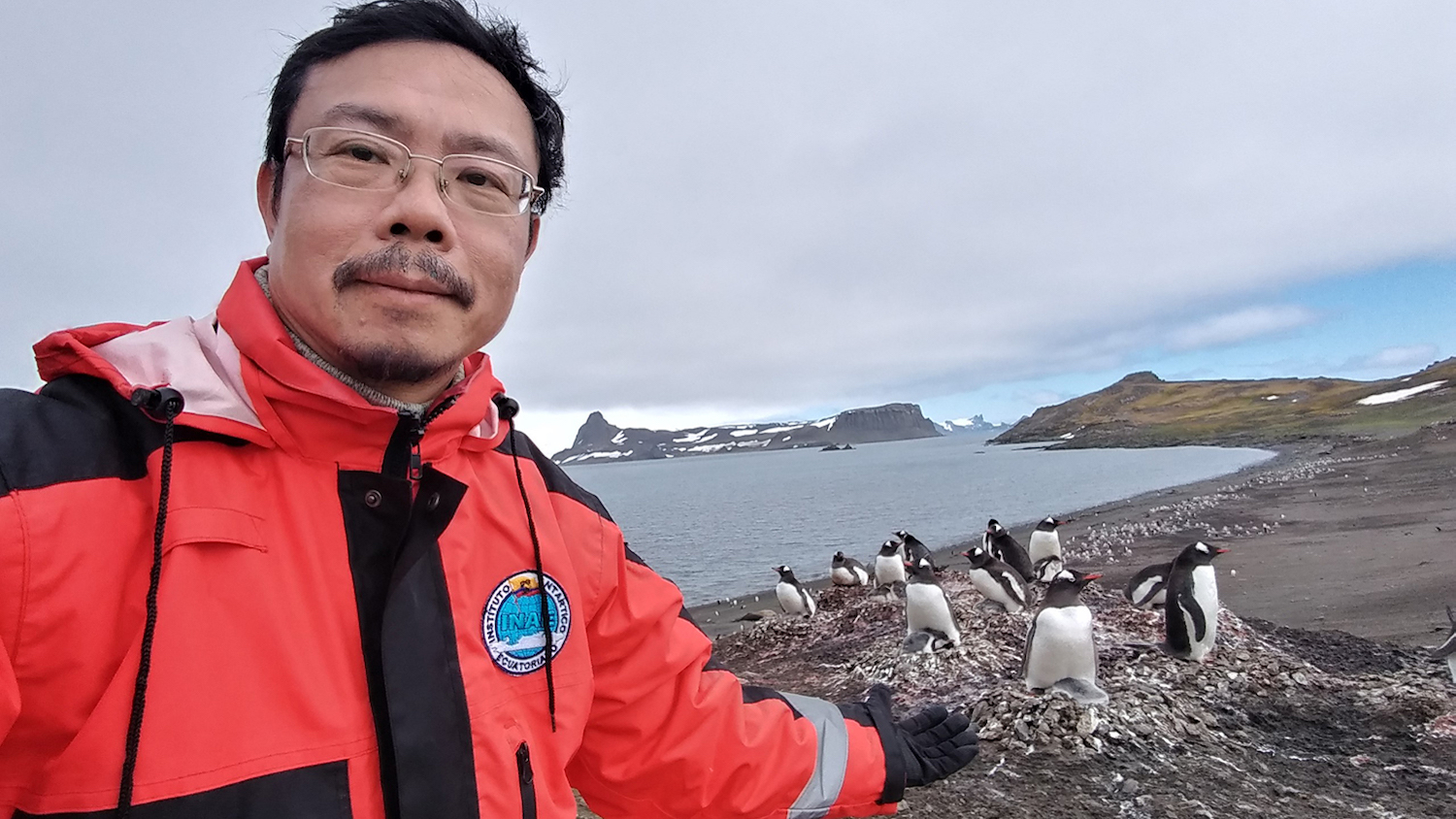
National parks and other protected areas play a vital role in the conservation of wildlife and natural resources, while providing opportunities for people to enjoy the outdoors and connect with nature. But many of these areas are under increasing pressure from development, invasive species, tourism and other threats.
Dr. Yu-Fai Leung, a professor of Parks, Recreation and Tourism Management at NC State’s College of Natural Resources, is working to safeguard these special places.
Recognized internationally for his studies on sustainable visitor management, Leung’s research examines visitation patterns and degradation of natural resources in parks and protected areas, conditions of recreation infrastructure, habitat fragmentation by trail proliferation, and visitor‐wildlife interactions.
Leung, who was recently named the recipient of the 2020 Individual Service Award from the Society of Outdoor Recreation Professionals, said the resulting knowledge and tools ultimately help park managers and decision-makers plan and implement sustainable management practices effectively. Some of these tools have even been applied by local communities or visitors themselves to contribute timely monitoring data to parks while also learning why visitor impacts matter.
“Visitation in protected areas generates multiple benefits, including physical and mental health, social bonding, learning and nature appreciation, economic benefits, funding for conservation, and more. On the other hand, too much visitation can pose real threats to the conservation goals of many of these protected areas,” Leung said. “Understanding the public-use pressure is crucial in formulating management strategies and actions for minimizing the negative impacts, while maximizing the positive ones.”
Over the course of his career, Leung has published more than 140 scientific articles and technical reports, 21 book chapters, and made 41 invited presentations from around the world on visitor management. He also served as editor‐in‐chief of the IUCN Best Practice Guidelines book, “Tourism and Visitor Management in Protected Areas: Guidelines for Sustainability,” which was published in 2018 and is widely regarded as a key reference for conservation professionals worldwide on the issues of protected area tourism.
More recently, Leung was invited to join the 2019-2020 Ecuadorian National Expedition Team to evaluate the environmental impacts of the growing tourism industry in Antarctica.
Promoting Sustainable Tourism
Commercial tourism in Antarctica began in the 1960s when the Swedish entrepreneur, Lars-Eric Lindblad, started taking fare-paying passengers to the continent. Now as many as 56,000 people visit the continent on sightseeing expeditions.
The majority of expeditions depart from South America or New Zealand on cruise ships, which use small, inflatable vessels to take passengers ashore to view the scenery and wildlife. Some expeditions even offer photography workshops, kayaking, overnight camping, scuba diving, mountain climbing and other special activities.
While tour operators and some academics maintain that Antarctic expeditions increase the environmental awareness of tourists and make them ambassadors for conservation, research shows that human activity in Antarctica can also cause disturbances to its natural resources and wildlife, including the breeding success of penguins.
Leung is currently working with researchers from the Universidad San Francisco de Quito and the Universidad Autónoma de Madrid to further document the effects of human activity on penguins.
The team’s research focuses on chinstrap and gentoo penguins. Chinstrap penguins have experienced severe population declines, while gentoo penguins have increased in the Antarctic Peninsula over the past half century.
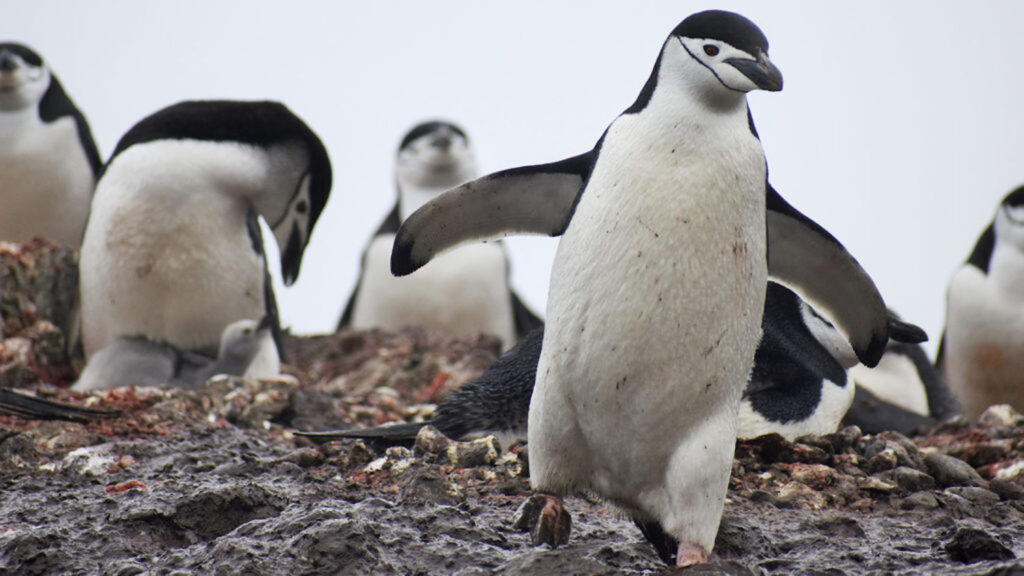
During a recent expedition to the Antarctic Peninsula, Leung and his fellow researchers walked, talked and simulated various other tourist behaviors and activities (photography, etc.) near penguins’ active nesting sites to document their responses.
“Penguins have evolved without humans for millions of years,” Leung said. “So as they come into contact with more and more tourists, we need to determine the potential impacts in order to inform sustainable management decisions.”
Leung said both chinstrap and gentoo penguins exhibited a wide range of behavioral responses during the simulations. Some penguins remained calm and relaxed, while others became anxious and even territorial when approached by the researchers.
In addition to studying the impacts of human activity, Leung and his fellow researchers also worked to determine the effectiveness of current visitor guidelines in preventing tourists from encroaching on penguin colonies.
Tourists to Antarctica are required to read about and abide by regulations established by the International Association of Antarctica Tourism Operators (IAATO) in support of the Antarctic Treaty of 1959 and its associated measures, all of which designate the continent as a demilitarized zone for scientific research and natural preservation.
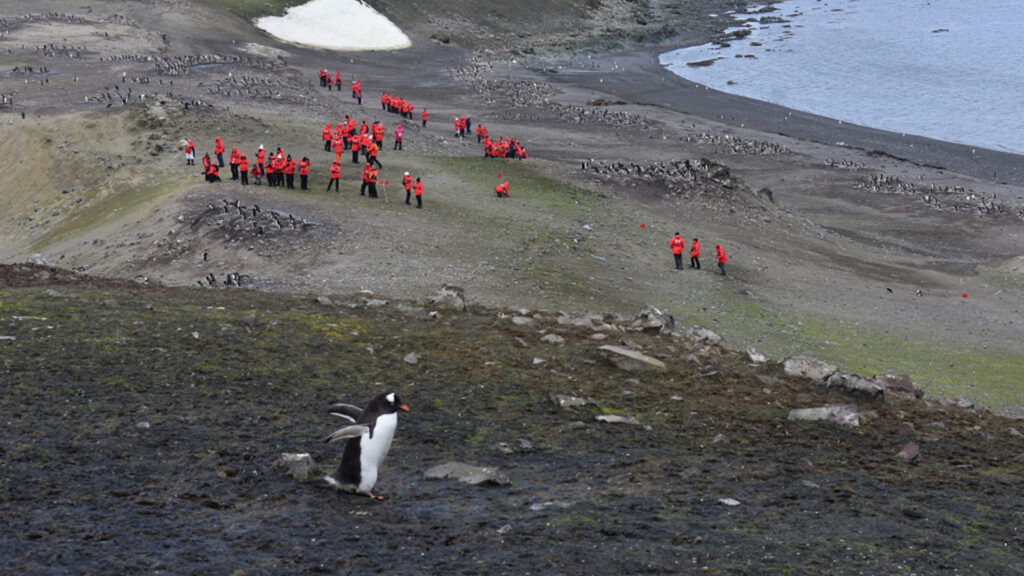
Many countries have made territorial claims in Antarctica, leaving it unclear who has the authority to enforce the agreed-upon regulations and where. That’s why seven private tour operators decided to join forces and organize the IAATO in 1991. The primary goal of IAATO is to “advocate and promote the practice of safe and environmentally responsible private-sector travel to the Antarctic.”
Over the years, the organization has adopted various rules and regulations designed to keep travelers safe while protecting the fragile environment of Antarctica, including a stipulation requiring tourists to stay at least 5 meters (15 feet) away from penguins.
Leung and his fellow researchers are using remote cameras to monitor whether tourists comply with the regulation. The study’s results are expected to be published later this year and will be presented to government agencies and organizations such as the U.S. National Park Service Office of International Affairs and IAATO, as well as to peers at scientific meetings.
In the meantime, Leung is also working with Daniela Cajiao, a PhD candidate from the Universidad Autónoma de Madrid in Spain and a current visiting scholar at NC State’s Department of Parks, Recreation and Tourism Management, to conduct a survey of Antarctic tourists’ experiential and learning outcomes.
While the majority of Antarctic expeditions still occur on cruise ships, a growing number of outfitters are offering direct flights and other options. “In the past, everybody would embark on a two- or three-week journey on a ship through the Drake Passage. But now you can take a two-hour flight from Chile, grab a picture with your selfie-stick and then go back home on the same day,” Leung said. “We want to understand these different experiences and gauge their educational value.”
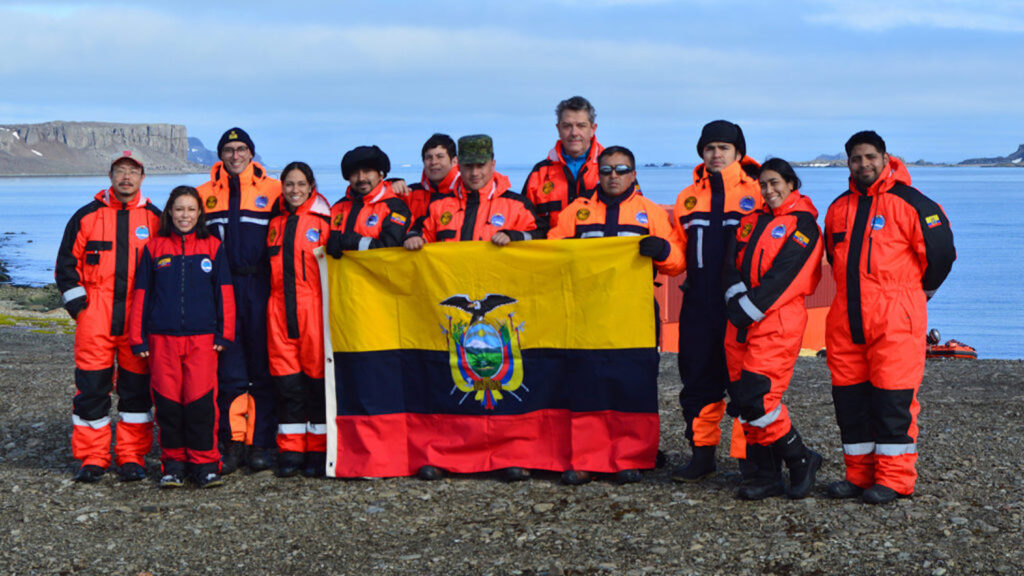
Other project collaborators include Dr. Lincoln Larson, an Assistant Professor at NC State’s Department of Parks, Recreation and Tourism Management; Dr. Gunter Reck, Director and Professor at Universidad San Francisco de Quito; and Dr. Javier Benayas an Associate Professor at the Universidad Autónoma de Madrid.
Leung and his fellow researchers were also recently awarded a grant from the Academic Consortium for the 21st Century (AC21) to develop a collaborative research network and agenda for Antarctic tourism.
Protecting Our Parks
Although his endeavors span the globe, Leung has also contributed crucial management insights to America’s park systems, which account for approximately $200 billion in annual economic activity and provide the public with countless health benefits.
In a 2019 study published in Proceedings of the National Academy of Sciences, Leung and collaborators found that state park attendance, along with operating costs, has continuously grown over the past three and a half decades.
Unfortunately, if this trend continues and states fail to increase annual appropriations, it could push budgets far past their current levels and lead to a decline in the outdoor recreation opportunities and the environmental quality of parklands.
Leung said the Annual Information Exchange could help states identify both management and policy actions that generate funds that can be used for the maintenance of existing infrastructure, facilities and services.
Sponsored by the National Association of State Park Directors, the exchange provides data about inventory, facilities, visitation, expenses, financing and personnel for state park operations in all 50 states. Leung has served as project manager since 2008.
“The data enable state park administrators to assess the status and trends about their park system and prioritize operational and program needs accordingly,” Leung said.
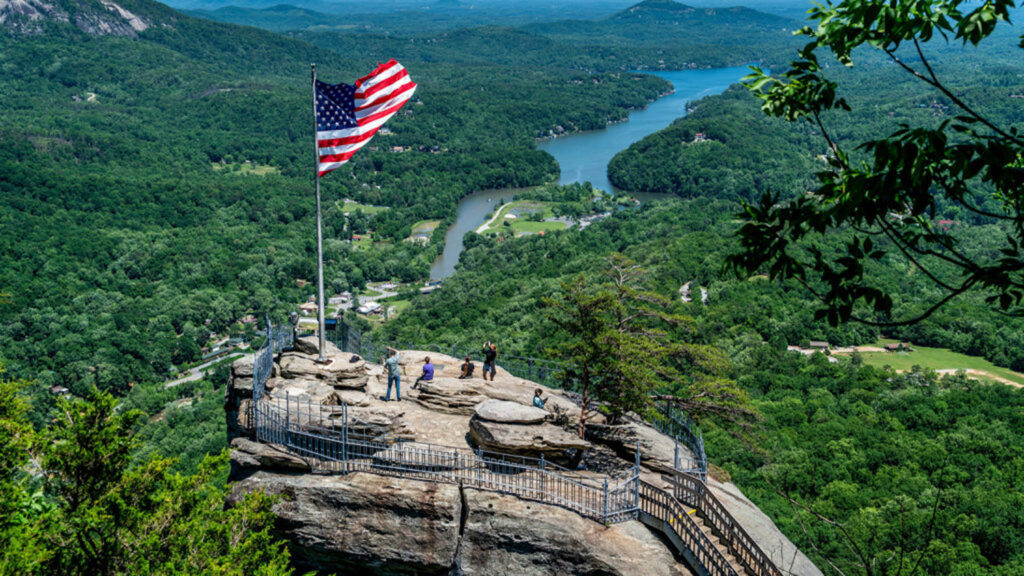
In addition to his work at state parks, Leung is also working to address visitor impacts — both ecological and social — at national parks across the country.
The National Park System has experienced increasing visitation numbers in recent years, according to Leung. In 2019, for instance, more than 327 million visitors descended on national parks, the third-highest attendance rate since 1904.
Research shows that this growth has led to crowding at many national parks across the country, which is overwhelming park facilities and trails, straining natural resources, and causing an overall decline in visitor experience.
Leung uses GPS, camera traps, field measurement tools, and crowdsourced information to develop visitor use and impact indicators, monitoring protocols and efficacy evaluation.
His research has been employed at various national parks, ranging from California’s Yosemite National Park to North Carolina’s Great Smoky Mountains National Park, and to parks well beyond the U.S. borders, including Ecuador’s Galapagos National Park.
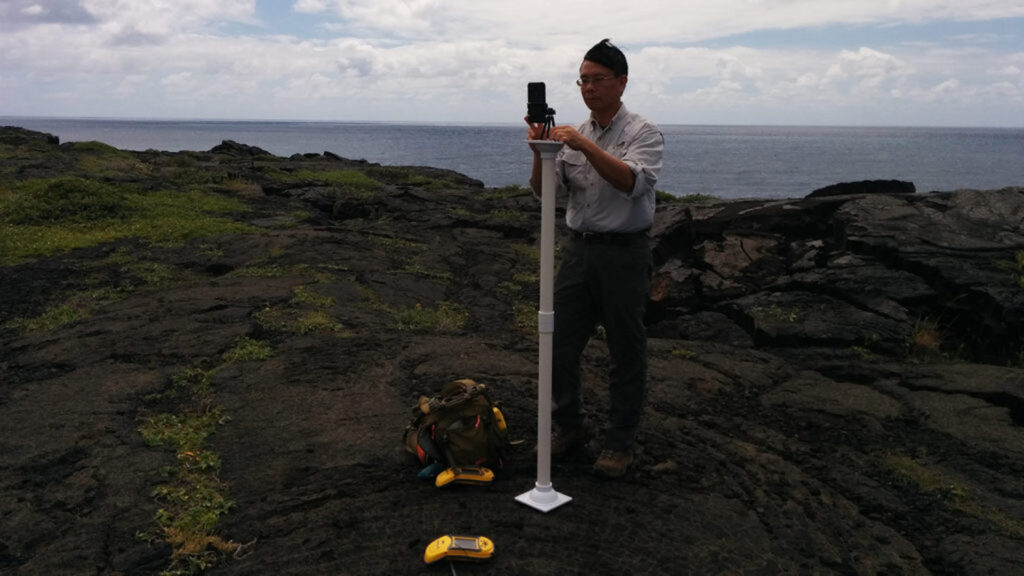
In 2006, for example, Leung and other researchers identified visitor use and impact indicators for the National Park Service’s Inventory and Monitoring Program, which gathers information about the current condition and long-term trends at parks to determine the effectiveness of current management practices.
“Visitor use and impact indicators are essential elements of any adaptive visitor management process implemented by parks and protected areas for identifying trends, detecting warning signs, evaluating standards of quality, and gauging effectiveness of management actions,” Leung said.
Going forward, Leung said he plans to expand his research portfolio to include the rise of Chinese tourism at parks and protected areas across the world, including Antarctica.
China is the second-largest source of tourists in Antarctica, with more than 8,100 people visiting the continent during the 2018-2019 summer season, according to IAATO. That figure represents an increase of more than 3,000 tourists from the previous season.
“Improving our understanding of Chinese tourists in protected areas, such as their motivation and attitudes, needs and expectations, interactions with facilities and resources, and experiences, will help managers in developing management and communication strategy for this fast-growing visitor segment to foster greater program participation, more engaging experiences, and sound tourist behavior,” Leung said.
This post was originally published in College of Natural Resources News.
- Categories: